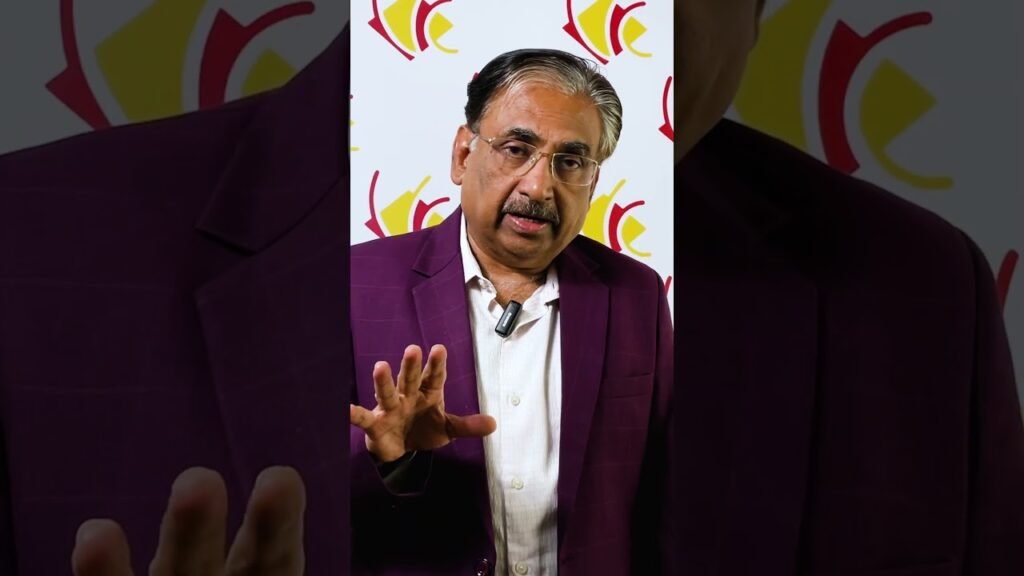What to expect from Minoxidil vs hair transplant
When considering hair restoration options, understanding the differences between Minoxidil and a hair transplant is crucial. Minoxidil, a topical solution, is primarily used to slow hair loss and promote hair regrowth in cases of androgenetic alopecia, commonly known as male or female pattern baldness. Users can expect to apply Minoxidil daily, typically twice a day, to the scalp. Results often take several months to become noticeable, and continuous use is required to maintain any hair regrowth. Discontinuing Minoxidil usually results in a gradual loss of any regrown hair. It’s important to note that Minoxidil is generally more effective in the early stages of hair thinning and may not work for everyone.
In contrast, a hair transplant is a surgical procedure that involves moving hair follicles from a donor site, usually the back or sides of the head, to the balding or thinning areas. Patients can expect a more permanent solution to hair loss, as the transplanted hair is typically resistant to the hormones that cause hair thinning. The procedure can result in natural-looking hair growth, but it requires a recovery period and can involve several sessions depending on the extent of hair loss. It’s also worth noting that while a hair transplant can provide lasting results, it does not prevent future hair loss in untreated areas.
Cost and Maintenance
The cost and maintenance of Minoxidil versus a hair transplant are significant considerations. Minoxidil is generally a more affordable, over-the-counter solution, but it requires an ongoing financial commitment due to its continuous use. On the other hand, a hair transplant can be a substantial upfront investment, with costs varying based on the procedures complexity and the clinics location. However, it often requires less long-term maintenance once the initial healing period is complete. Both options have their own set of advantages and limitations, and the choice between Minoxidil and a hair transplant largely depends on individual needs, budget, and the desired outcome.


